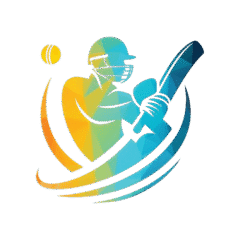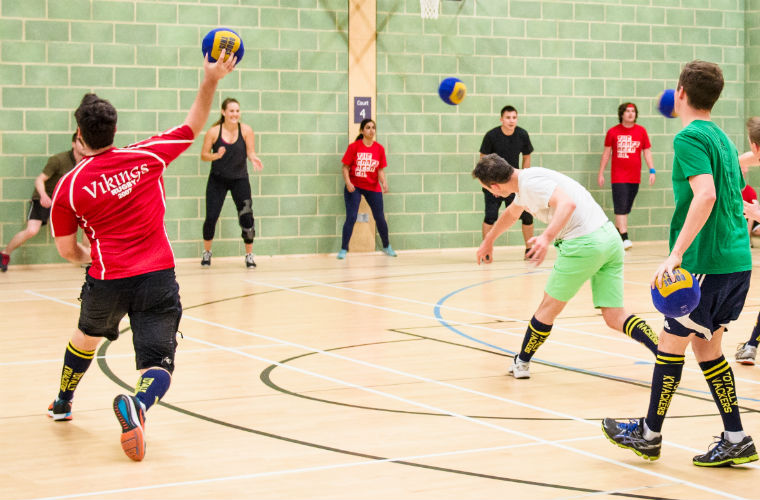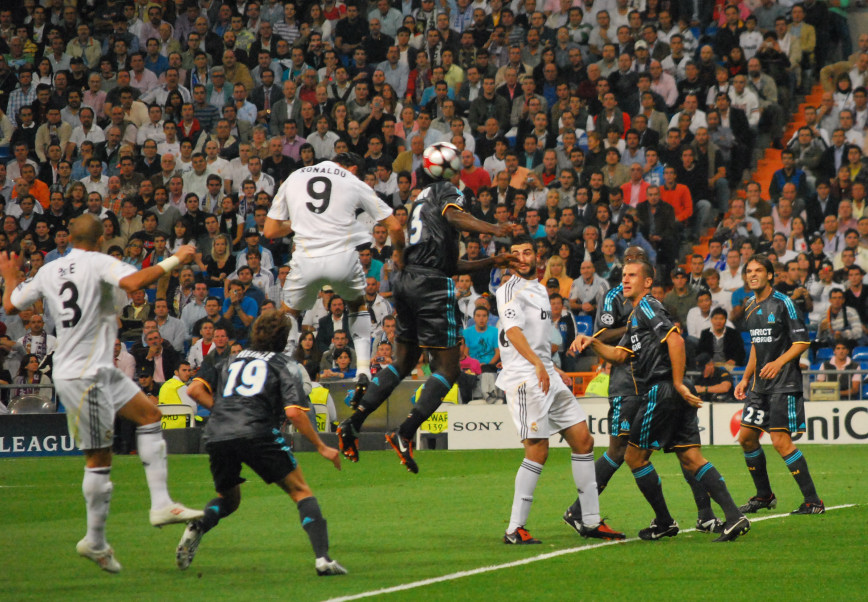
Heading the ball might seem simple at first glance, but executing it properly takes a lot of skill, bravery, and timing. Whether you’re trying to score, defend, or just keep possession, good heading technique is essential. Let’s break down the tips and drills that can help take your heading ability to the next level.
Essential Soccer Heading Tips
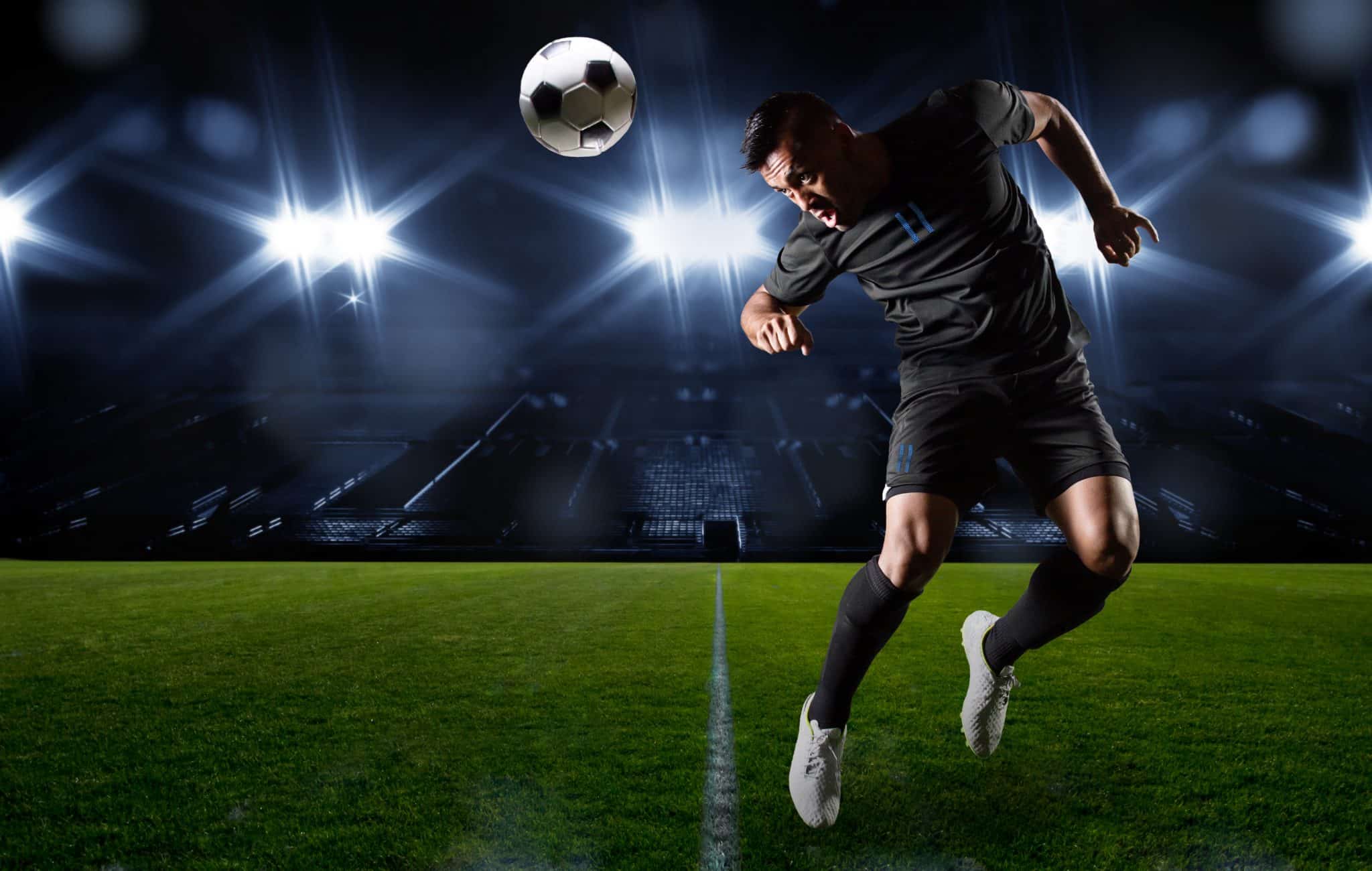
To head the ball confidently and accurately, you’ll need more than just guts—you’ll need sharp technique and awareness. Here are some tips to keep in mind:
- Always stay alert and anticipate the ball’s movement.
- Keep your eyes on the ball and track its flight.
- Use clever movements like feints or dummy runs to create space.
- Fully commit to the header—hesitation leads to mistakes.
- Stay on your toes, ready to attack the ball.
- Use your arms for balance, elevation, and protection.
- Push off your stronger leg when jumping.
- Time your jump perfectly to meet the ball at its highest point.
- Always use your forehead to head the ball—not the top of your head.
- Tense your neck muscles to cushion the impact.
- Move your head toward the ball to generate power.
- Follow through in the direction you want the ball to go.
- Defenders: Head the ball upwards and away from goal.
- Attackers: Aim to direct the ball downward and past the goalkeeper.
Watching professionals and analyzing their heading technique during real matches is another great way to learn.
5 Effective Soccer Heading Drills
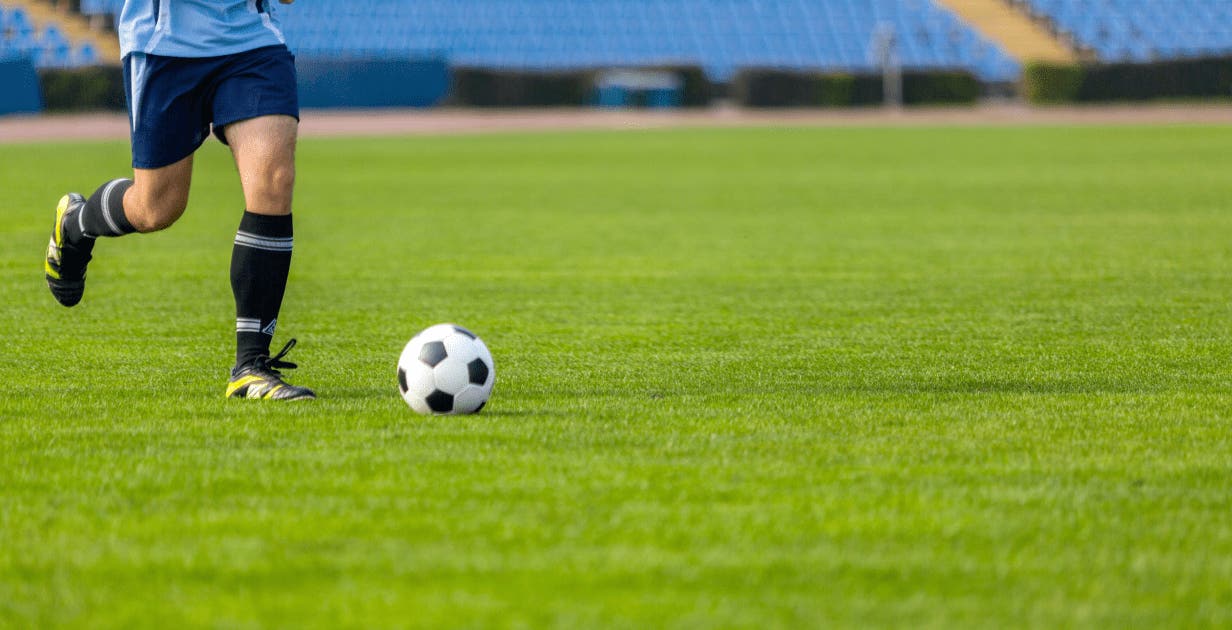
These heading drills are designed to simulate various match situations, helping players refine their timing, power, accuracy, and confidence in the air.
1. Head Through Gates
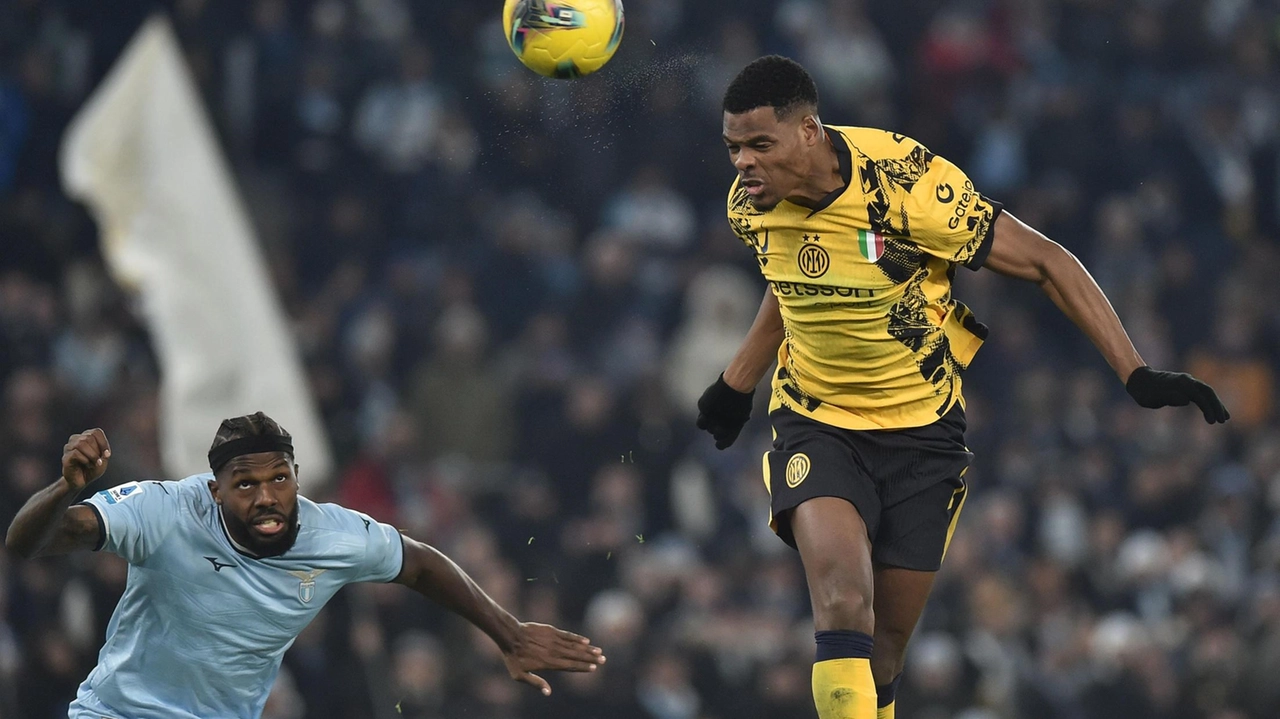
Aim: Improve accuracy by heading the ball through cone gates placed at different distances and angles.
Setup:
- A server with multiple balls stands 5-10 meters in front of a line of players.
- Several cone goals are set up for targets.
How to Run It:
- The player calls for the ball.
- The server throws it at an appropriate height.
- The player picks a target based on ball flight and heads it accurately.
- Players rotate, retrieve their ball, and rejoin the line.
2. Run and React

Aim: Boost reaction time and heading accuracy under pressure.
Setup:
- Attackers start between the center circle and penalty area.
- Two servers stand on either side of the goal.
- Cones mark the penalty box and player movements.
- One goalkeeper in net.
How to Run It:
- Attacker runs to a cone near the penalty box.
- One of the servers shouts; the player reacts and sprints toward that side.
- Server throws the ball for a header on goal.
- Player retrieves the ball, returns it, and rejoins the line.
3. Crossing and Heading Game

Aim: Replicate real match situations to practice heading in attack and defense.
Setup:
- Two wide players start near the flanks.
- Three attackers line up centrally.
- Defenders wait near the posts.
- One keeper in goal.
How to Run It:
- Whistle signals one wide player to run and cross the ball.
- Attackers make varied runs (near post, far post, center).
- Defenders sprint to intercept and clear.
- Alternate between wings for the next round.
4. Gate Shot Heading Drill
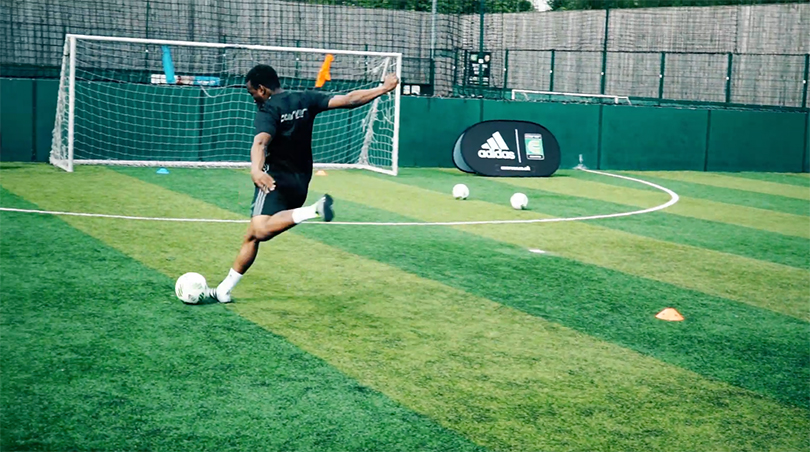
Aim: Combine quick reactions with heading precision. All players also rotate as goalkeepers.
Setup:
- A goal is created with agility poles or cones.
- Two gates are set 5 yards to either side.
- Teams line up behind each gate.
- One player begins in goal.
How to Run It:
- First player in line runs toward goal.
- Coach throws a ball at head height.
- Player heads on target while goalie tries to stop it.
- After the attempt, the attacker becomes the new goalie.
- Repeat from the opposite gate.
5. Run-Check-Shoot

Aim: Train heading while in motion and finishing crosses with timing and technique.
Setup:
- Use full-size goal and penalty box.
- One cone at penalty box edge.
- One cone near penalty spot.
- One cone on the end line near six-yard box.
- Coach stands at end line cone with ball.
How to Run It:
- Player starts at edge of penalty area.
- Sprints to cone near penalty spot, then makes a curved run to receive the cross.
- Coach delivers the ball at the right moment.
- Player heads on goal while moving.
- Rotate players and repeat.
Frequently Asked Questions (FAQ)
Q: How do I get over fear of heading the ball? A: Start small. Practice using softer balls like a foam or beach ball. Build confidence through repetition and technique until you feel comfortable heading regulation balls in match scenarios.
Q: What part of the head should I use to head the ball? A: Use your forehead—right between your eyebrows and hairline. It’s the safest and most controlled area.
Q: Should kids practice heading? A: For younger players, especially under 12, limited heading is advised. Use foam balls and focus on technique. Always follow local association guidelines on heading.
Q: How can I improve my timing? A: Watch the ball closely and time your jump based on its descent. Use drills like “Run and React” or “Run-Check-Shoot” to build instinct.
Q: Is heading dangerous? A: If done with poor technique, heading can pose risks. But with proper training, strength, and awareness, it becomes a safe and effective part of the game.
Conclusion
Heading is one of the most misunderstood—and underrated—skills in soccer. Whether you’re clearing the danger as a defender, directing a pass in midfield, or finishing a chance in the box, solid heading technique can make all the difference. By mastering these tips and putting the drills into practice regularly, you’ll gain confidence, control, and composure in the air. Keep training, stay safe, and remember: the ball doesn’t wait—so don’t hesitate!
